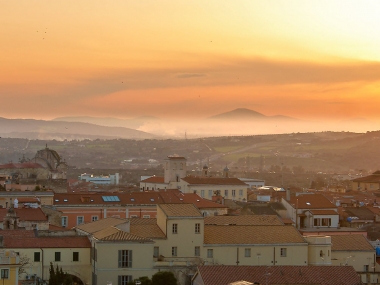CITY PROFILE: SASSARI, ITALY
Edited on
07 November 2019After a very fruitful meeting in this beautiful city, it is time to present it...

Located on the north west of Sardinia, the Municipality of Sassari is the second city of the island for population (about 127.000 inhabitants) , the fifth in Italy for territorial extension.
Founded in the Middle Ages, the history of Sassari passes through several occupations (Pisans, Genoeses, Aragoneses, Spanish, French, Piedmonts), riots and rebellions, but also periods of prosperity that make the City an important political, social and economy center.
Among the events and festivals, the Discesa dei Candelieri is of particular importance, because recognized as Intangible Cultural Heritage by UNESCO. This feast is deeply felt by the population that for the event spills through the streets of the historic center from early afternoon until late at night.
Sassari leads the social, political, economy development of the surrounding areas. It is in fact the Capital of the province of Sassari (92 municipalities) and a a cultural, political and judicial center (University of Sassari, Court, Local Health Authority).
Finally, Sassari is the lead partner of the Metropolitan Network of North Sardinia (8 municipalities) anf for the Urban Authority for the Integrated Territorial Interventions (ITI).
Sassari has been working for decades to be a modern, sustainable and solidarity-based city, successfully achieving important results that need to be maintained and strengthening.
The economy of the city is centered on the advanced tertiary sector, in particular in local services, large-scale distribution and administrative management of northern Sardinia. Considerable importance has taken the financial sector that sees Sassari headquarters of the main banks of the island, the Banco di Sardegna and the Banca di Sassari, as well as the Sardaleasing, leader in financial leasing.
Anyway, in the territory there are also traditional agricultural productions such as oil, fruit and vegetable, wine, and milk and textile industries are still active.
Submitted by l.gmendez on
